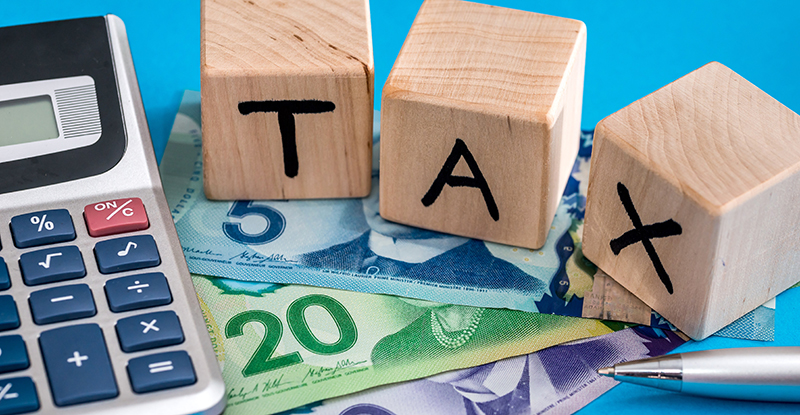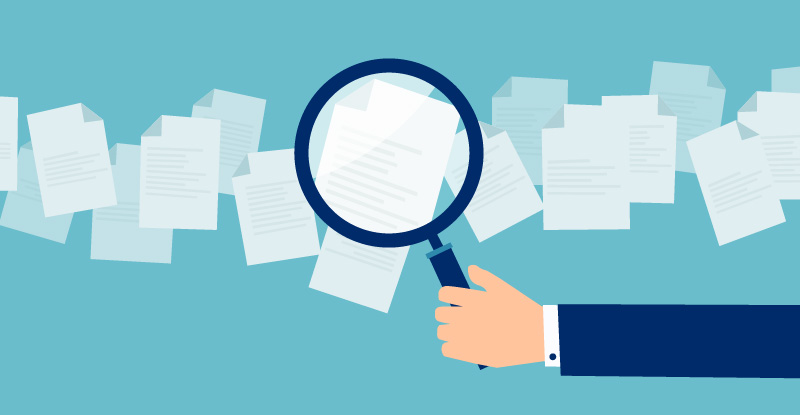
The 2020 tax year will be very different for many Canadians who have to file their personal income taxes. That’s because many of the federal government’s emergency benefits in response to COVID-19 are taxable. Some of these benefits have not been taxed at all, while some were taxed at source; but recipients may still be responsible for paying taxes on the benefits received.
This article will break down how to factor these benefits into your personal income tax filing, as well as explain the new, simplified way of declaring work-from-home expenses.
Taxable emergency benefits
The most widely received government supports have been the Canada Emergency Response Benefit (CERB) and the Canada Emergency Student Benefit (CESB). Both the CERB and CESB were not taxed up front, under the expectation that recipients would pay applicable taxes on these benefits after filing their income taxes in 2021.
Announced in the fall of 2020, the next round of federal supports for Canadians, which included the Canada Recovery Benefit (CRB), Canada Recovery Sickness Benefit (CRSB), and Canada Recovery Caregiving Benefit (CRCB) were subject to a 10% withholding tax.
Now that it’s personal income tax filing time, individuals are reminded that any of the government supports mentioned above should be considered personal income. And BC residents who earned more than the newly raised provincial basic personal amount of $10,949 within the 2020 calendar year must pay taxes.
Therefore, CERB and CESB recipients in BC who earned higher than $10,949 can expect to owe taxes on these supports as no tax was withheld at source; and even though 10% was withheld for the second round of benefits, these recipients may still be responsible for paying additional taxes.
In other words, if you received any government supports this year, the amount of taxes owed will depend on your overall income in 2020 as well as your marginal tax rate, which will vary from province to province. This online calculator can help you determine your marginal tax rate, as well as estimate how much tax you will owe. It’s also worth noting that if you received CRB but ended up making more than $38,000 in taxable income, you will be responsible for paying back $0.50 for each dollar of CERB received over $38,000.
Anyone who received emergency benefits will receive a T4A or T4E tax reporting slip from the government. If you received benefits that have already been taxed at 10%, you should note the dollar amount of these taxes (located in Box 022 of your T4A slip) and include this amount in line 43700 (total income tax deducted) of your personal income tax filing.
Non-taxable emergency benefits
While the benefits mentioned above are taxable, there have been some provincial and federal emergency benefits that do not require the recipient to pay tax, including the following:
- BC Recovery Benefit: A one-time, tax-free payment of up to $1,000 for eligible families and single parents and up to $500 for eligible individuals. Applications are open until June 30, 2021.
- BC Emergency Benefit for Workers: A one-time, tax-free payment of $1,000 for BC residents whose ability to work has been affected due to COVID-19.
- Canada Child Benefit: The amount of this benefit increased in July 2020 and the federal government also provided a one-time top-up of $300 per child in May of 2020. Parents who did not receive these funds can still apply to do so.
- Seniors Payment: A one-time, tax-free payment of up to $500 for those 65 and over.
A new, easy way to declare working-from-home expenses
One of the things made easier this tax season is declaring work-from-home expenses. The Canada Revenue Agency has launched the new temporary flat-rate method, where Canadians can claim up to $400 in remote working expenses. The temporary flat-rate method does not require employees to keep track of any expenses or submit any forms from their employer. Anyone who worked more than 50% of the time from home for a period of at least four consecutive weeks in 2020 due to COVID is eligible for the temporary flat-rate method of $2 per day.
For employees who incurred significant remote working expenses, they still have the option of using the traditional method, known as the detailed method. Using this method, employees may be eligible to receive funds beyond the $400 maximum for the temporary flat-rate method, but it will require a signed Form T2200(S) or T2200 from their employer as well as other details.
Here is where you can access further information on how to claim your work-from-home using either the Temporary Flat Rate Method or the Detailed Method.
Related articles
- The three common types of investments Canadians should know about
- 5 tips to help you prepare your income taxes effectively
For more personal finance and tax tips information, visit CPABC's RRSP & Tax Tips page.
Tax rules can be complex. This article is not intended as tax advice, and you should not make tax decisions based solely on the information presented. You should seek the advice of a chartered professional accountant before implementing a tax plan or taking a tax filing position.
Shane Schepens, CPA, CA is a Partner at Clearline CPA. Shane’s focus is on Canadian tax planning, such as reorganizations, estate, and succession planning for medium and small private companies. Shane is a member of the CPABC Taxation Forum. Visit our personal finance section for more tax-related tips.



